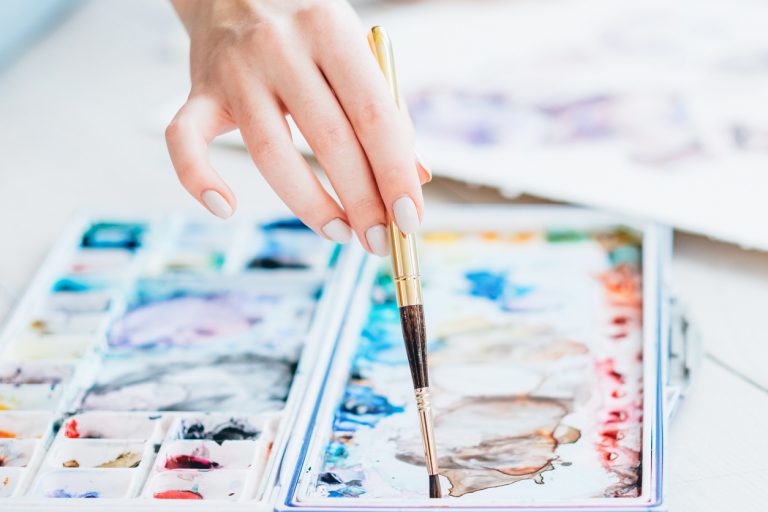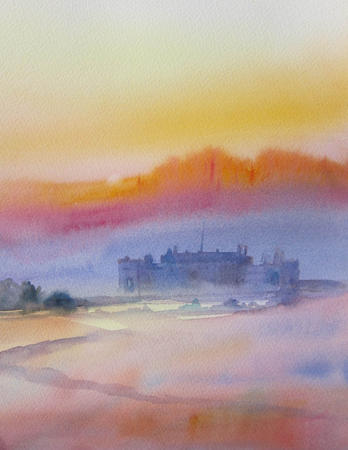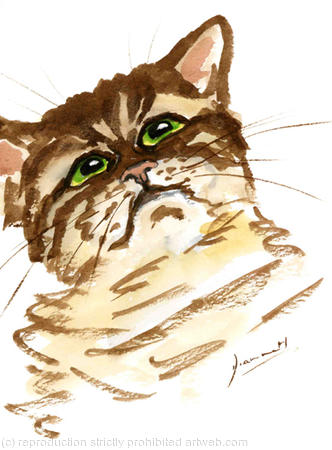In a recent ArtWeb blog post of mine on the subject of where to start when learning to paint, I stated on the subject of watercolours that “despite their hobbyist-friendly image, [they] should perhaps be approached with caution by newbie painters, given their high level of transparency that makes it difficult to hide mistakes.”
Was I right? Was I wrong? Either way, it’s true that a certain school of thought has long prevailed of watercolour being best avoided by many novice and amateur painters, even perhaps those who have reached a high level of proficiency in other mediums like oils.
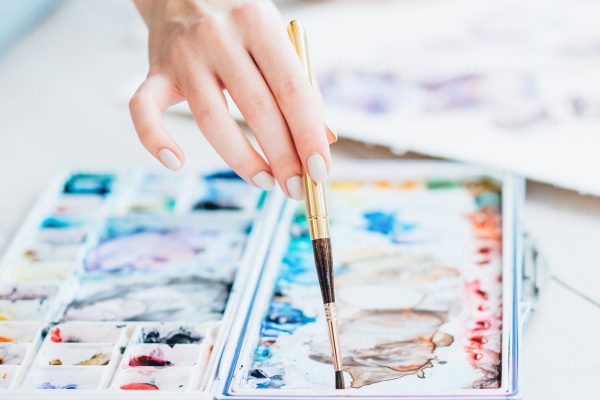
It can be a more novice-friendly medium than you think
The above perception has long been grounded in the idea that watercolour paintings cannot be altered over and over again in the way that oils can. Once you’ve laid down a certain colour or wash, it’s there to stay and you simply have to accept it.
However, that’s arguably not entirely true, as watercolour does offer a fair amount of scope for alteration as a painting progresses. If a certain colour wash hasn’t quite come out right, for example, you can apply another wash on top of it to affect a dramatic transformation. Other troublesome areas can be worked over or sponged out, and even in the event of the entire painting turning into a disaster, you can simply wash it away under running water.
Watercolour enables you to embrace chance
Another frequent criticism of watercolour painting from a beginner perspective is that it is, at times, unpredictable — but even this can be seen as a virtue rather than a drawback. In any case, even the most experienced watercolourists can never be entirely sure of how watercolour will behave, and those who have mastered this medium have learned to love such unpredictability.
Really, there’s no painting medium quite like watercolour in terms of the ability of the medium itself to ‘take over’ a painting, giving it a sense of idiosyncrasy, mystery and spontaneity, characterised by all manner of interesting and unexpected effects.
While, as a beginner, such chance effects may lead you to abandon many a watercolour painting in frustration, they can also give you the sense of wonder that inspires you to keep trying. Far from a medium rendered inaccessible to all but the most practised of painters, watercolour really rewards the painter’s determination to learn how to make the most of all that is unpredictable and inexplicable about the medium.
Just be sure to follow the basic ground rules
As with any other painting medium, you aren’t obliged to focus on any particular subjects as a watercolour painter, although inevitably, the fresh and translucent nature of the medium lends itself well to the likes of landscapes and flower paintings.
As its name indicates, pure watercolour is mixed with water and transparent. This means that unlike such opaque mediums as acrylics and oils where one can start with dark colours and then build up to lighter ones, in the case of watercolour, lighter colours must be applied first, with darker ones on top.
This, in turn, calls for a certain amount of pre-planning when painting in watercolour as opposed to acrylics or oils, which helps to explain its reputation as a ‘difficult’ medium. Whereas applying highlights on an acrylic or oil painting can be done with a light colour paint ‘after the fact’, you will need to carefully consider where the highlights are to be in your watercolour composition before you start, so that those areas can be left white or have only very pale washes applied. These parts of the composition can then be surrounded with darker areas to create the desired contrasts.
An undeniably practical painting medium
Other undoubted benefits of watercolour painting are those very much on the practical side — there isn’t much expensive equipment needed or even necessarily a studio, as such a painting can be done basically anywhere that has enough light. The paper needed for watercolour painting is relatively cheap as well, and the paints can be cleared up quickly and easily.
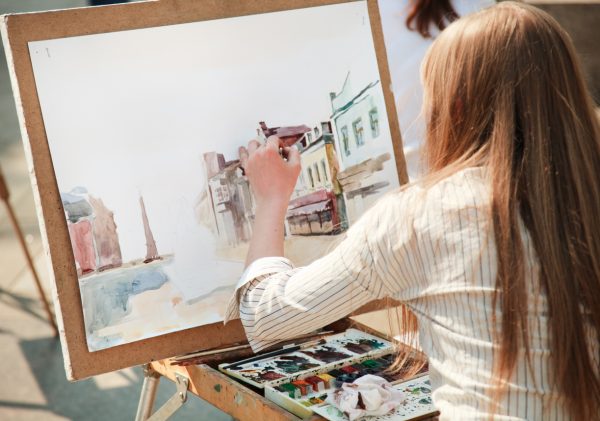
All of this might lead you to wonder quite why watercolour has become so associated in recent years with genteel art societies, rather than the cut-and-thrust of the ‘contemporary art world’!
Here at ArtWeb, we certainly don’t consider the possibilities of watercolour painting to have been exhausted – not by a long way – and we invite you to explore them for yourself.

